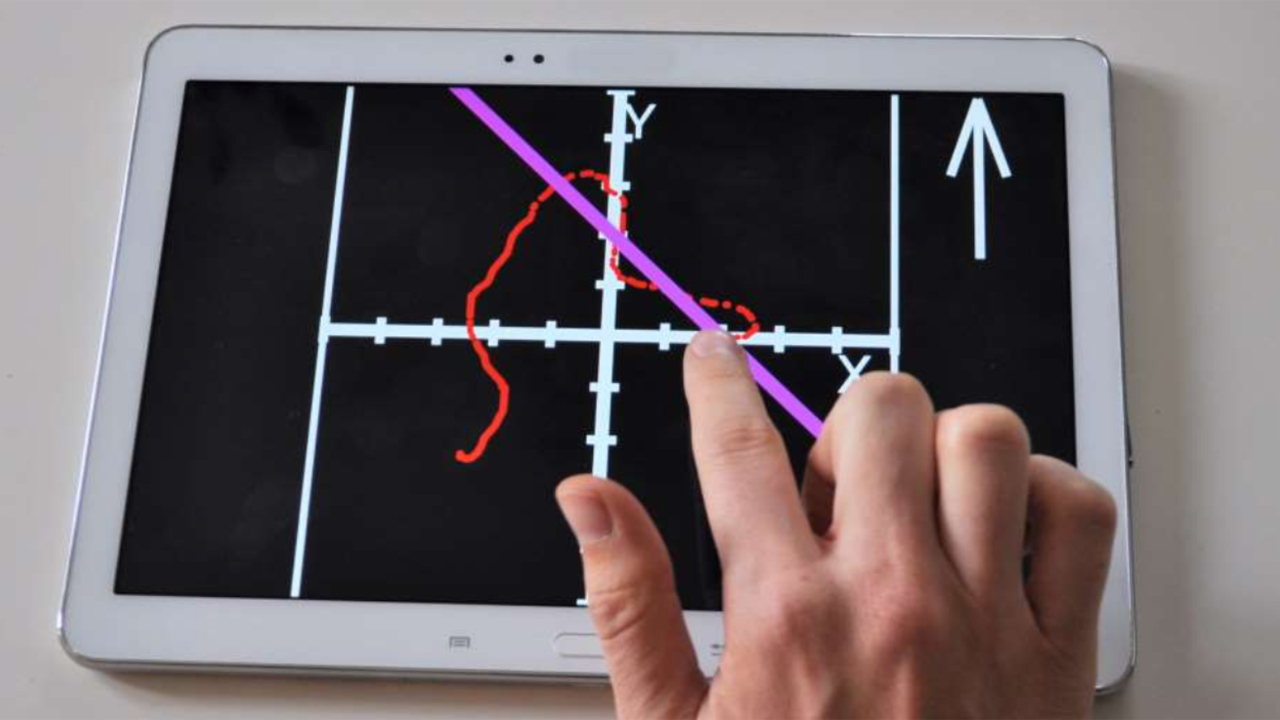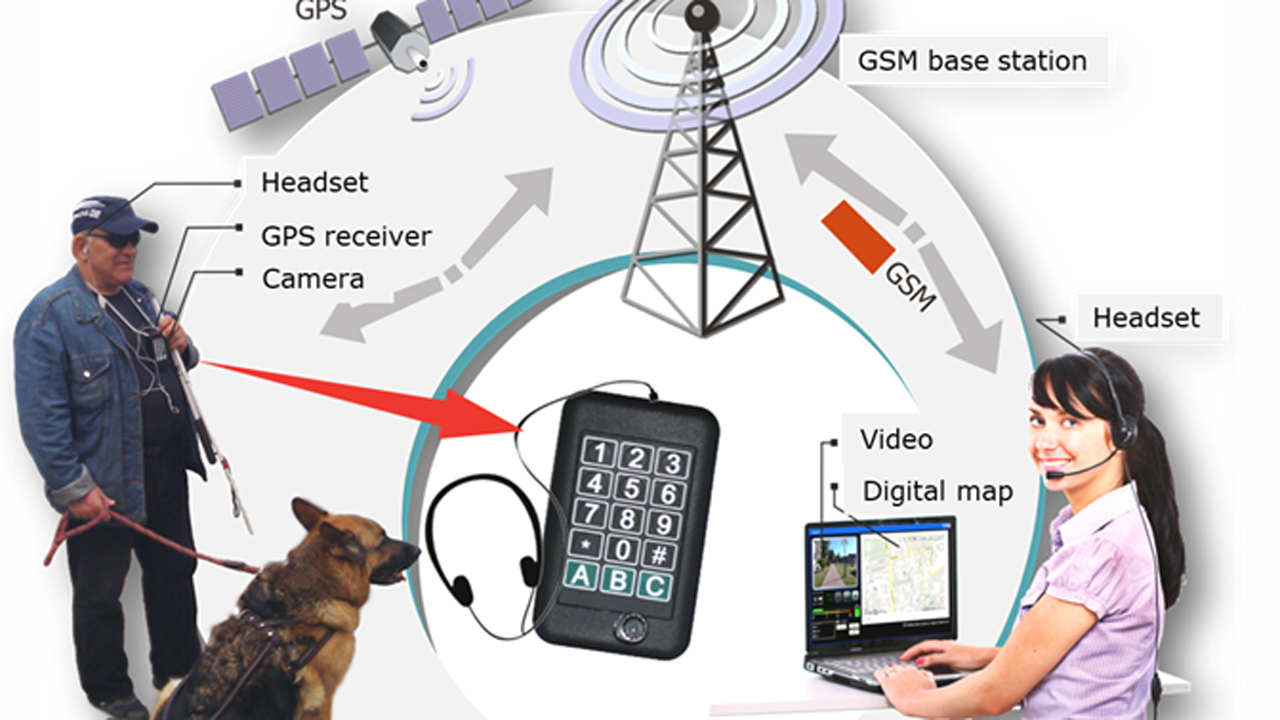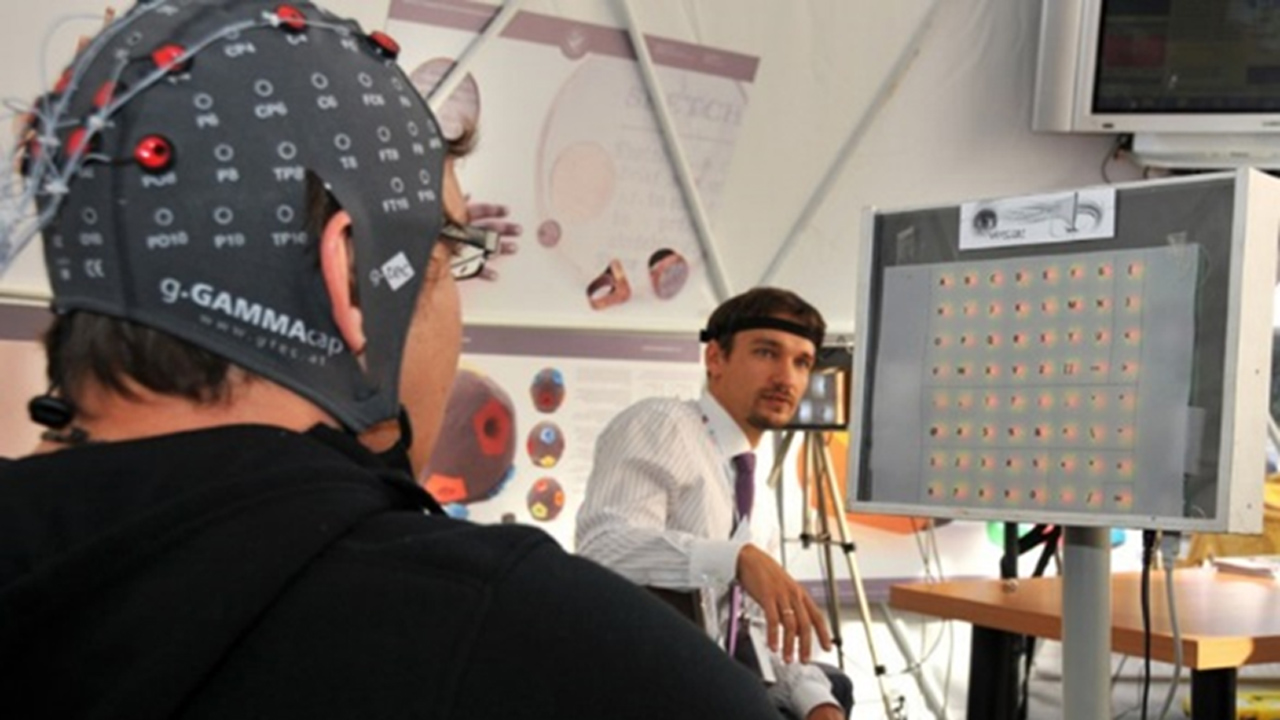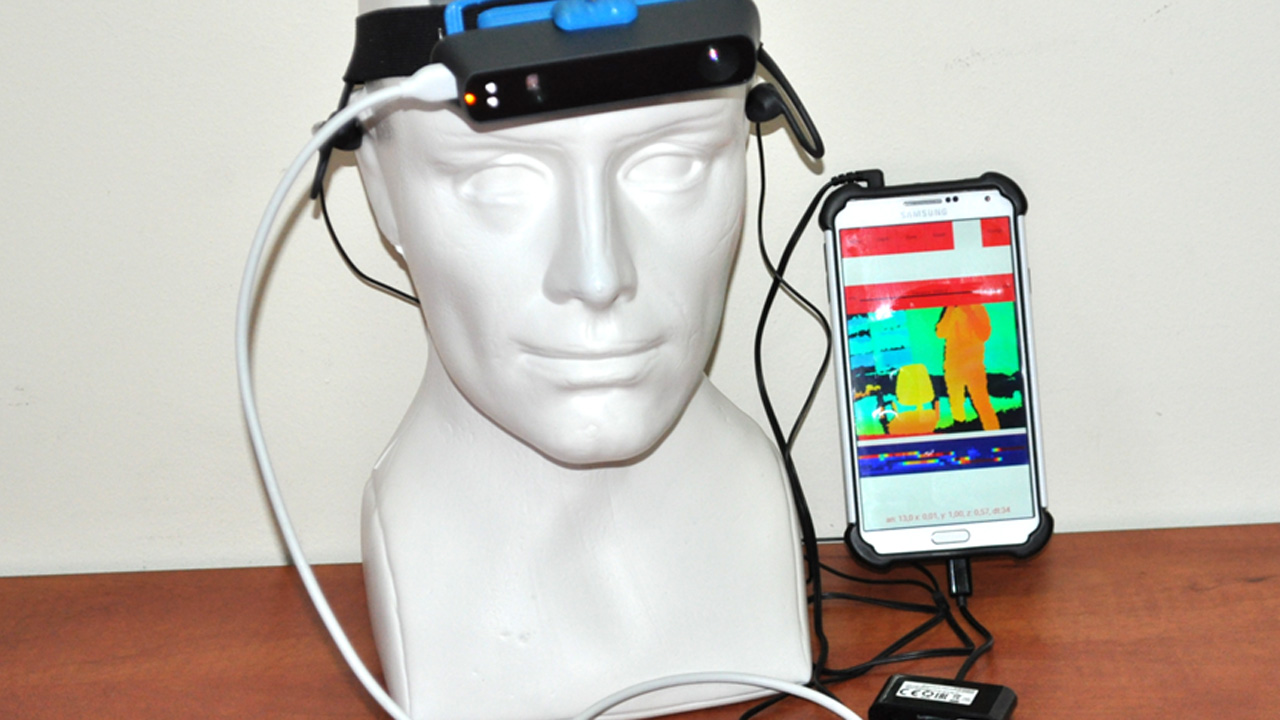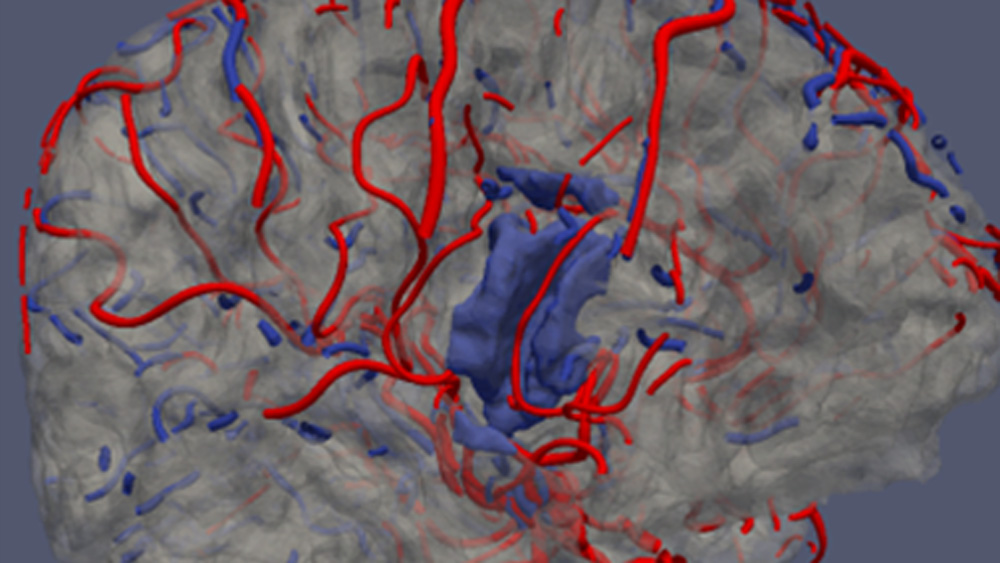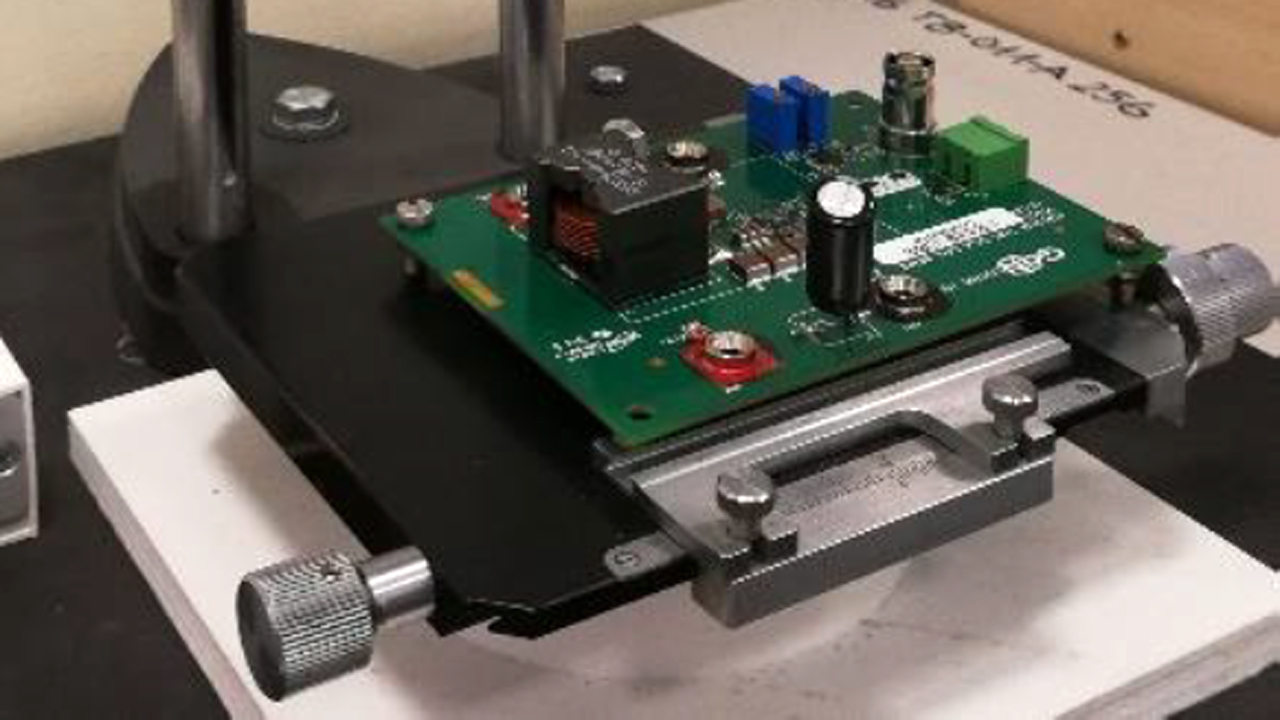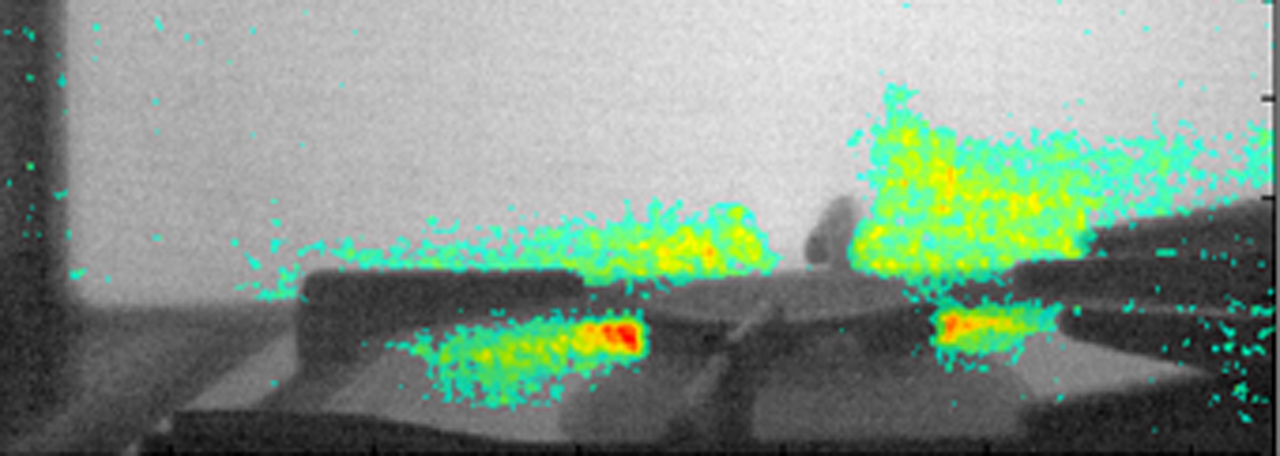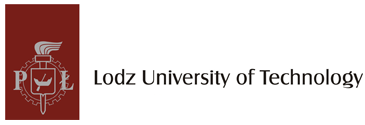Assistive systems for the visually impaired
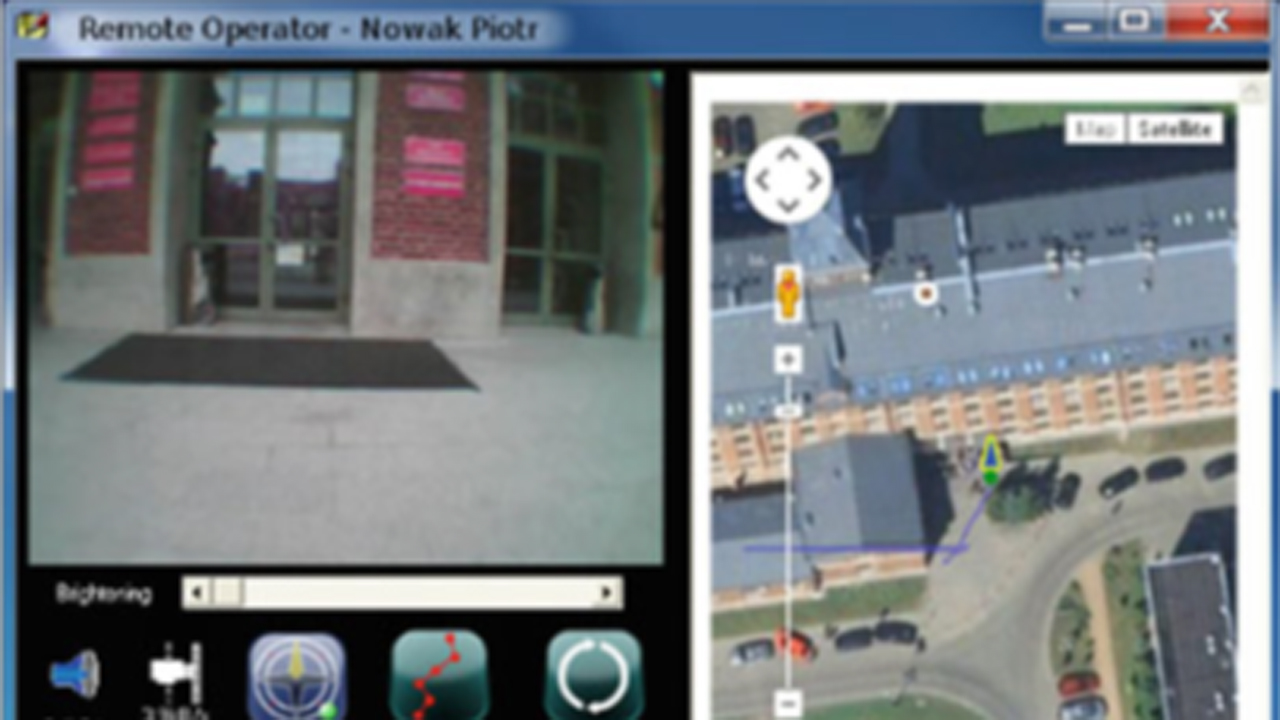
Motivation
Worldwide, there are 314 million of visually impaired and 45 million of them are blind. According to EU reports for every 1000 Europeans 4 are blind or visually impaired. Vision loss is the most serious sensory disability that causes approx. 90% depravation of entire multi sense perception for a human. In spite of a long lasting research efforts independent mobility and orientation aids for the blind still await for a ground-breaking technology that would effectively support visually impaired. No single solution of electronic travel aids has gained a wider acceptance within the blind community. The white cane (with no mounted electronics) still remains the primary travel aid for the blind [1].

